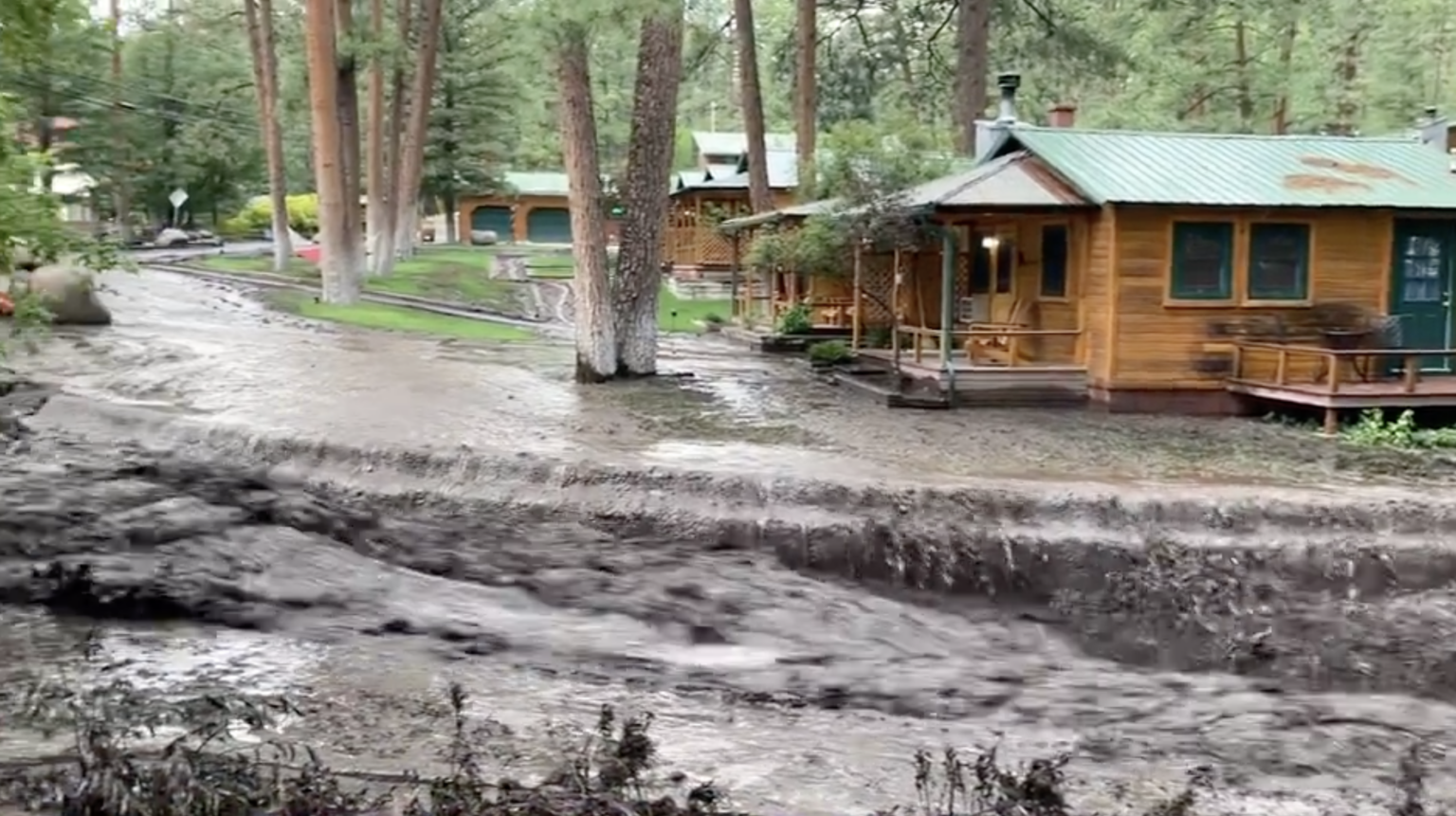New Mexico Flooding: A Look at Ruidoso Flooding
New Mexico has been grappling with the effects of severe flooding, particularly in areas like Ruidoso and Mescalero. These communities, facing the dual challenges of post-fire flooding, are now seeking assistance to recover and rebuild. The recent flooding incidents highlight the pressing need for effective disaster management and community support.
After the devastating wildfires that swept through New Mexico, the heavy rains have unleashed torrents of water that have caused significant destruction in Ruidoso. Local officials have reported that the flooding has exacerbated the already dire situation, making recovery efforts even more critical. Ruidoso and Mescalero officials have reached out for state help as they navigate the complexities of post-fire recovery.
The Causes of Flooding in New Mexico
The primary cause of the current flooding can be traced back to the combination of drought conditions followed by heavy rainfall. This phenomenon, often referred to as flash flooding, occurs when the ground is unable to absorb the intense rainfall due to previous drought conditions and fire-scorched soil. The aftermath of the fires creates a landscape that is particularly vulnerable to erosion and water runoff, leading to hazardous flooding.
More than just a weather phenomenon, this situation reflects a growing concern connected to climate change. As rainfall patterns shift and become more unpredictable, communities like Ruidoso may need to adapt their infrastructure and emergency preparedness protocols.
Ruidoso’s Response to Flooding
In response to these recent flooding events, Ruidoso officials have taken swift action. They have engaged in community assessment initiatives to determine the level of damage and plan recovery efforts effectively. As noted in an article from Source NM, local leaders are actively seeking assistance from state resources to help the affected communities revive their infrastructure and support their residents during this challenging time.
The community has also rallied together, with volunteers stepping in to assist those who have been displaced by the flooding. This communal effort not only helps to rebuild but also strengthens community bonds in times of crisis.
The Economic Impact of the Flooding
The economic ramifications of the flooding are significant. Ruidoso, which thrives on tourism, is experiencing a downturn as potential visitors may be deterred by the ongoing recovery efforts. The local businesses that depend heavily on tourism revenue are at risk, and the community is bracing for an economic impact that could last beyond the immediate physical destruction.
Assessing the economic losses will be crucial for future planning and support. The local government is exploring various options for financial assistance and rebuilding efforts that could provide a lifeline for affected businesses.
Mitigation Strategies for Future Flooding
As Ruidoso faces the daunting task of recovery, it must also consider long-term strategies to mitigate the impact of future flooding. Effective flood management strategies include:
- Infrastructure Improvement: Developing and upgrading stormwater management systems to handle heavy rain events.
- Community Education: Informing residents about emergency preparedness and resource availability.
- Land Use Planning: Implementing zoning laws that restrict development in high-risk flood areas.
- Ecological Restoration: Restoring natural landscapes that absorb rainfall and reduce runoff.
Conclusion: A Call for Community Resilience
The flooding in Ruidoso and Mescalero presents a challenging situation that underscores the critical importance of community resilience. As officials seek state help to rebuild, it is the strength of the community that will see them through these tough times. By investing in infrastructure, education, and ecological restoration, New Mexico can better prepare for the future.
The events unfolding in Ruidoso serve as a reminder of nature’s power and the importance of proactive measures in disaster preparedness. Communities that band together in the face of adversity can emerge stronger, ensuring that they not only recover from the current challenges but are also more equipped to tackle future obstacles.








